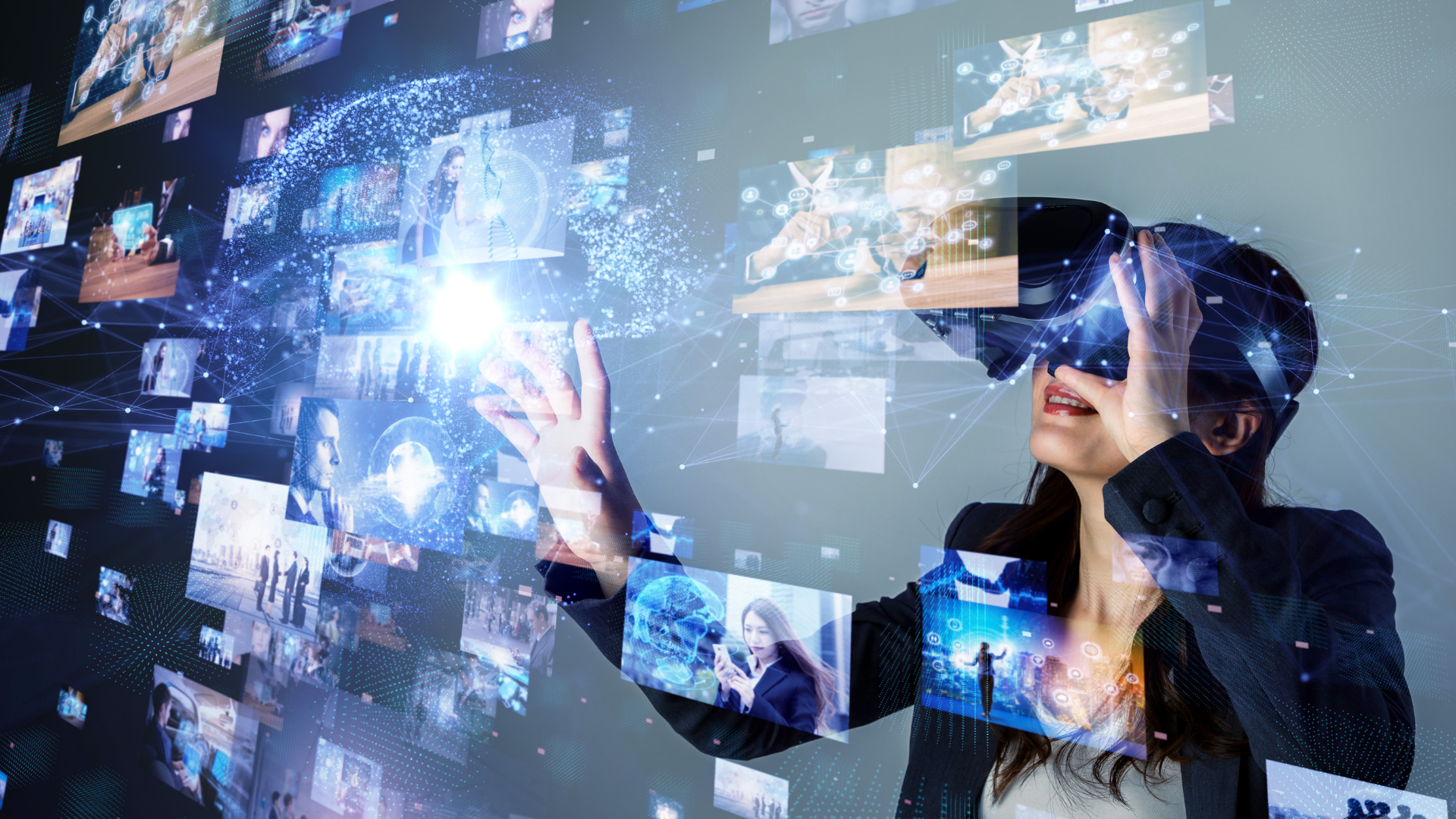The Future of Design: How AR and VR are Changing the Game
The world of design is undergoing a revolutionary transformation, and at the forefront of this evolution are Augmented Reality (AR) and Virtual Reality (VR). These immersive technologies are reshaping how we perceive and interact with the world, pushing the boundaries of creativity, user experience, and design innovation. In this blog post, we’ll explore how AR and VR are changing the game and shaping the future of design across various industries.
The Rise of Augmented and Virtual Reality
Understanding AR and VR:
- AR overlays digital information onto the real world, enhancing our perception of reality. VR, on the other hand, immerses users in a simulated environment, disconnecting them from the physical world.
The Evolution of Design:
- AR and VR technologies have unlocked new avenues for designers to create immersive experiences. Designers can now craft environments, products, and interfaces that transcend traditional limitations.
Impact on Design Industries
Architecture and Interior Design:
- AR and VR enable architects and interior designers to visualize and showcase designs in a realistic context. Clients can virtually explore buildings or interiors before construction, facilitating better decision-making.
Gaming and Entertainment:
- VR gaming offers unparalleled immersion, transporting players into virtual worlds. Designers create captivating environments and experiences that engage users on a deeply immersive level.
Retail and E-Commerce:
- AR has revolutionized the retail experience, allowing customers to virtually try on products or visualize furniture placement in their homes before making a purchase.
Healthcare and Training:
- VR simulations are used for medical training, allowing students to practice procedures in a safe and controlled environment. Designers create realistic scenarios for effective learning.
Advancements in User Experience
Immersive Interfaces:
- Designers focus on creating intuitive and user-friendly interfaces within VR environments, ensuring a seamless experience for users navigating virtual spaces.
Spatial Design and Interaction:
- Spatial design becomes crucial in VR experiences. Designers consider how users interact with objects and spaces in a three-dimensional environment.
Challenges and Opportunities
Technical Complexity:
- Developing for AR and VR requires specialized knowledge and tools, posing challenges for designers. However, advancements in technology are making these tools more accessible.
Ethical Considerations:
- Designers must consider ethical implications, such as user privacy and the potential impact of immersive experiences on mental health.
Tools and Resources for AR/VR Design
Unity and Unreal Engine:
- These powerful game engines are widely used for creating interactive VR experiences with realistic graphics and physics.
SketchUp and Tilt Brush:
- SketchUp allows for 3D modeling, while Tilt Brush enables artists to create immersive artwork in VR.
ARKit and ARCore:
- Apple’s ARKit and Google’s ARCore are platforms that facilitate the development of AR applications for mobile devices.
The Future of Design: Where Are We Headed?
Blurred Realities:
- The lines between physical and digital realities will continue to blur, with more seamless integrations of AR and VR in everyday life.
Collaborative Spaces:
- Designers will explore creating collaborative virtual spaces where individuals can work together regardless of physical location.
Personalization and Customization:
- AR and VR will enable personalized experiences, allowing users to customize environments and products according to their preferences.
The future of design is an immersive one, driven by the transformative potential of AR and VR technologies. As these technologies continue to evolve, designers are presented with unprecedented opportunities to revolutionize industries, create memorable experiences, and shape the way we interact with the world. By embracing the limitless possibilities of AR and VR, designers are poised to redefine what it means to engage with design, pushing the boundaries of innovation and creativity in ways previously unimaginable.
Connect with Seismic Design Inc. today! We are here to help in maximizing your online visibility and drive meaningful results.
Interested to learn more about Seismic Design? Check out other services here.
